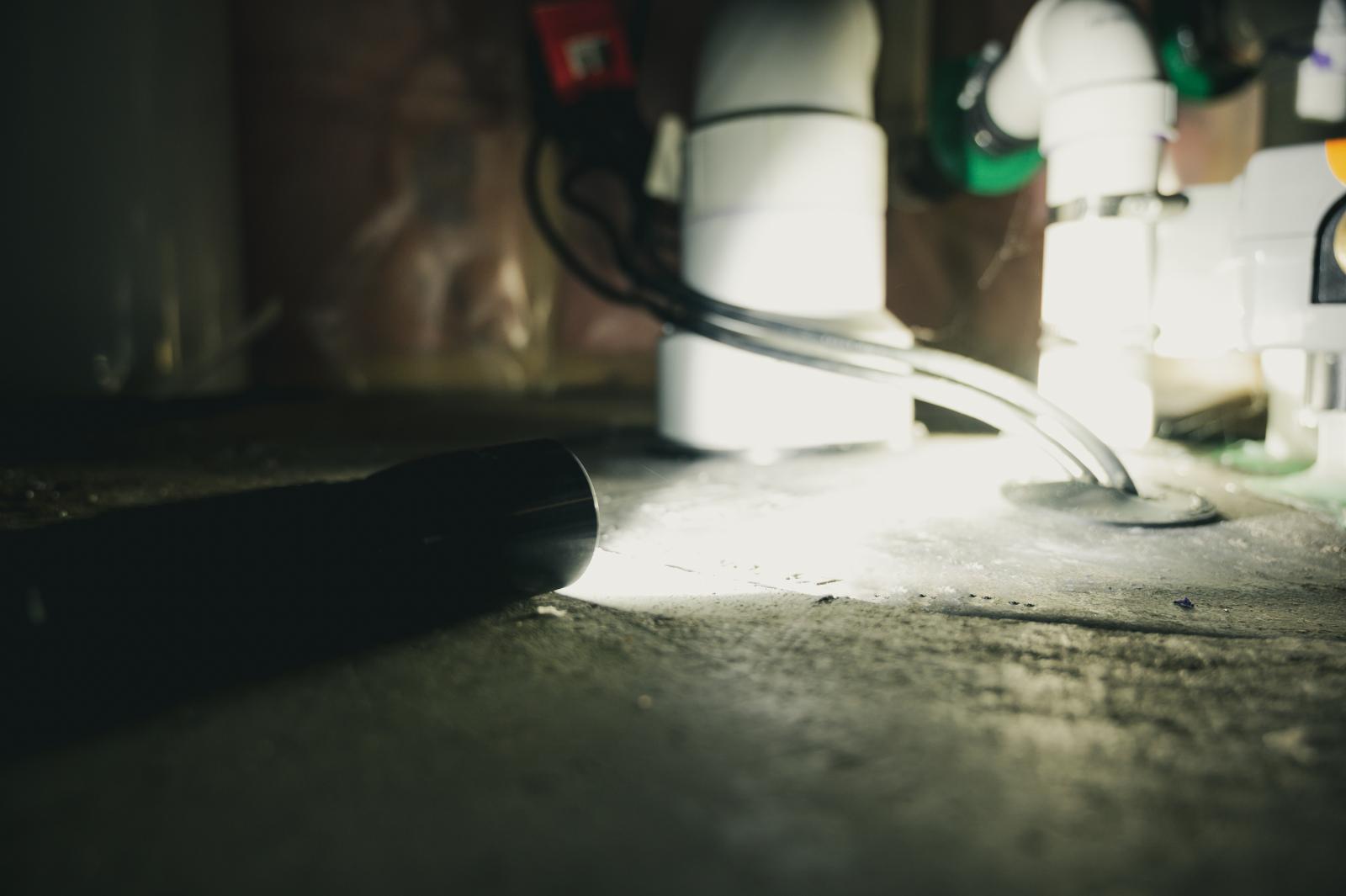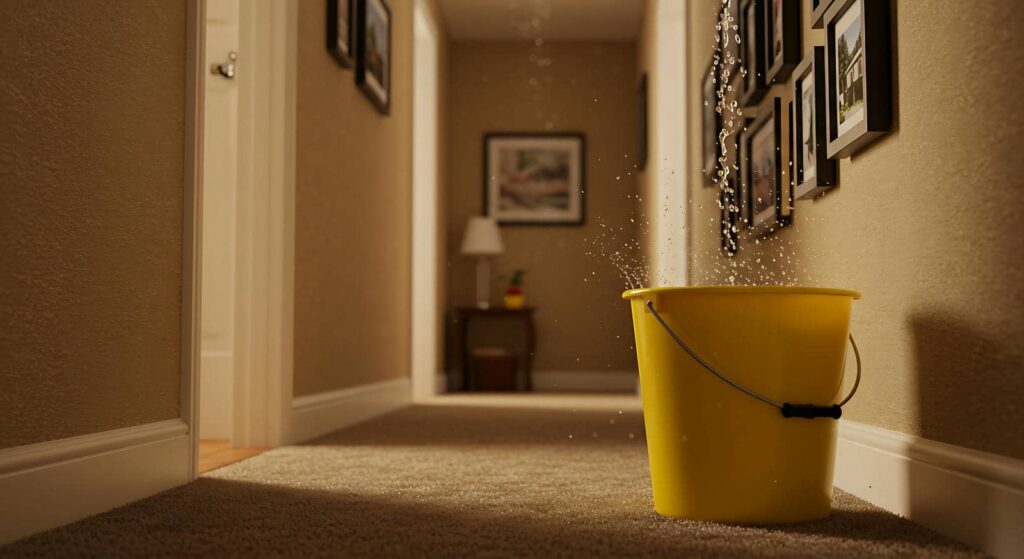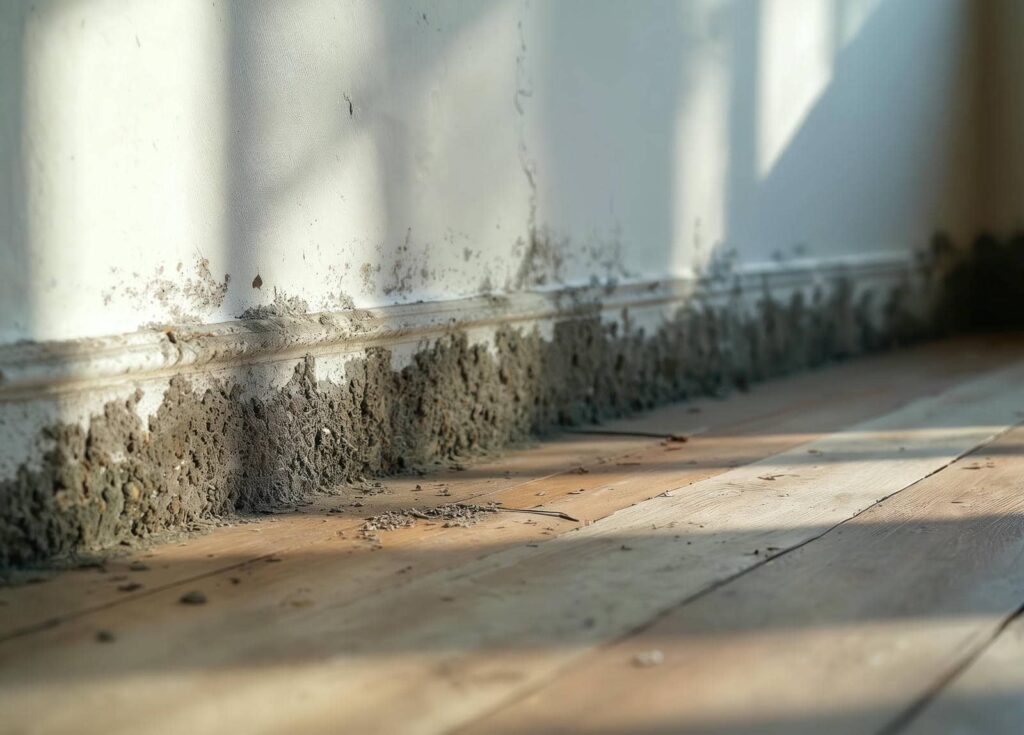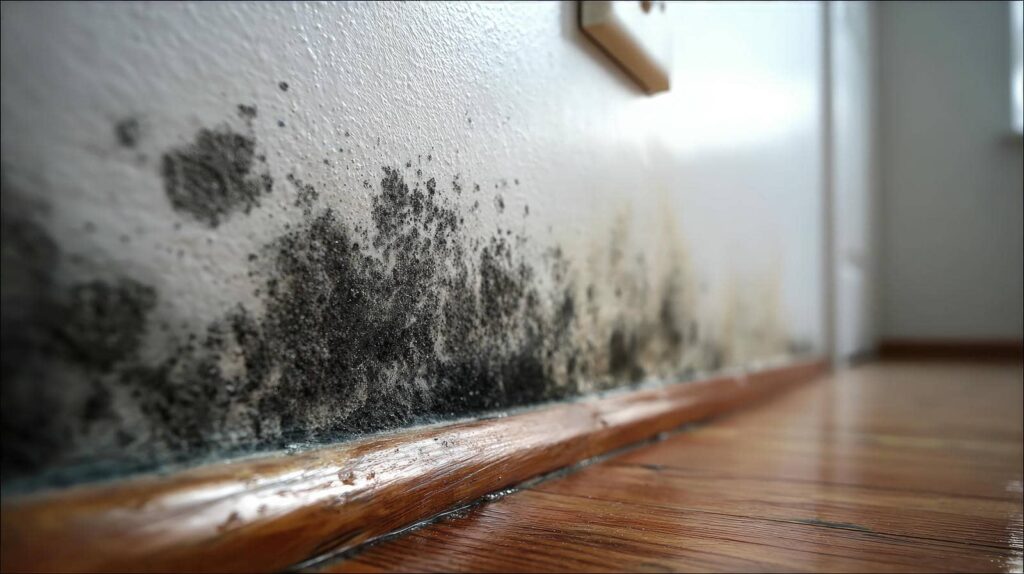Contents
Mastering the art of proper drainage around your home is key to safeguarding your basement from potential floods. By taking simple yet effective steps, you can significantly reduce the risk of water seepage and damage to your basement. From ensuring correct grading to routine gutter maintenance and the installation of sump pumps and French drains, a strategic approach to drainage can make a world of difference. Ready to fortify your home against basement floods? Let’s explore these essential drainage tips together.
Key Takeaways
- Ensure proper grading away from the foundation to prevent water accumulation.
- Regularly clean gutters and install downspout extensions for effective water drainage.
- Consider installing a sump pump at the basement’s lowest point for flood prevention.
- Utilize French drains to divert water away from the foundation.
- Implement exterior waterproofing solutions to prevent moisture infiltration.
Importance of Proper Grading
Ensuring proper grading around your property is essential for effective drainage and preventing water accumulation near your home’s foundation. Landscaping tips play a crucial role in maintaining the integrity of your foundation and preventing costly repairs in the future.
Proper grading involves sloping the ground away from your home to direct water flow and avoid water pooling near the foundation. To achieve optimal grading, start by inspecting the current landscape around your property. Look for any areas where the ground is sloping towards the foundation, as this can lead to water seepage and potential foundation repair issues.
Use soil or fill dirt to adjust the slope, ensuring that water flows away from the house. It’s important to maintain a minimum slope of 2% away from the foundation for at least the first ten feet.
Regularly monitor the grading around your property, especially after heavy rainfall or storms. Check for any signs of water pooling near the foundation, as this can indicate improper grading. Address any issues promptly to prevent water from seeping into the foundation and causing damage.
Gutters and Downspouts Maintenance
Proper maintenance of your gutters and downspouts is crucial for effective drainage around your home. Neglecting these components can lead to water overflow, causing potential basement flooding and damage to your property.
To ensure your gutters and downspouts are functioning optimally, follow these essential maintenance tips:
Regular Gutter Cleaning: Schedule routine gutter cleaning at least twice a year to remove debris, such as leaves, twigs, and dirt, that can clog the system and impede proper water flow.
Install Downspout Extensions: Consider adding downspout extensions to redirect water further away from your home’s foundation. This helps prevent excessive water accumulation near the basement walls.
Explore Landscaping Solutions: Implement landscaping features like graded slopes away from the house, French drains, or swales to improve yard drainage. Proper landscaping can help divert water away from your home and towards appropriate drainage areas.
Monitor for Clogs and Damage: Regularly inspect your gutters and downspouts for any clogs, leaks, or damage. Addressing issues promptly can prevent water buildup and potential flooding during heavy rainfall.
Sump Pump Installation and Maintenance
Regular maintenance of your home’s drainage system extends beyond gutters and downspouts; considering sump pump installation and maintenance is equally important to prevent water damage and flooding risks. A sump pump is a key component in keeping your basement dry by efficiently removing water that accumulates around your foundation. Regular maintenance is crucial to ensure your sump pump works effectively when needed.
Firstly, make sure your sump pump is installed correctly. The pump should be placed in a pit at the lowest point in your basement or crawlspace. It’s essential to test the pump periodically by pouring water into the pit and verifying that it activates and pumps water out. Additionally, consider installing a battery backup power source to ensure the pump continues to function during power outages.
Furthermore, check valves are vital components that prevent water from flowing back into the sump pit once the pump shuts off. Regularly inspect these valves to ensure they function correctly and replace them if necessary.
Maintaining your sump pump and associated components will provide you with the peace of mind that your basement is protected from potential flooding and water damage.
French Drains for Effective Water Management
Consider utilizing French drains as a strategic solution for effective water management on your property. French drains are a key component of a comprehensive drainage system design, offering efficient water diversion and minimizing the risk of basement flooding.
When considering perimeter drainage installation, French drains play a crucial role in directing water away from your foundation, ensuring the structural integrity of your property.
Here are some essential points to keep in mind:
Proper Placement: Ensure that French drains are strategically placed around the perimeter of your home to capture and redirect water effectively. The correct placement will optimize the drainage system’s performance and prevent water from seeping into your basement.
Quality Materials: Invest in high-quality materials for French drain construction to guarantee durability and longevity. Choosing the right materials will ensure that your drainage system functions optimally for years.
Regular Maintenance: Schedule routine maintenance checks for your French drains to remove any debris or blockages that could impede water flow. Keeping the drains clear is essential for their effectiveness in managing water around your property.
Professional Installation: Consider hiring professionals for the installation of French drains to ensure proper implementation and optimal functionality. Expert installation will guarantee that the drains are set up correctly to protect your home from water damage.
Exterior Waterproofing Solutions
To further enhance your property’s water management system, consider exploring exterior waterproofing solutions as a proactive measure against moisture infiltration. Exterior waterproofing involves creating barriers outside your home to prevent water from seeping into the foundation. This method effectively keeps your basement dry and protects your property’s structural integrity.
One key aspect of exterior waterproofing is the application of waterproof coatings on the exterior walls. These coatings act as a protective layer, repelling water and preventing it from penetrating the walls. Additionally, installing exterior drainage systems such as French drains can help divert water away from your foundation, reducing the risk of basement floods.
When exploring exterior waterproofing solutions, it’s crucial also to consider interior waterproofing options. Interior waterproofing can complement exterior measures by providing an added layer of protection against water intrusion. Sump pumps, interior sealants, and vapor barriers are common interior waterproofing techniques that can further safeguard your basement from water damage.
In conjunction with exterior and interior waterproofing, landscaping solutions can play a significant role in preventing basement floods. Proper grading of the land around your home, installing gutter systems, and directing downspouts away from the foundation are landscaping strategies that can help manage water effectively.
Summary
Following these drainage tips can safeguard your basement against floods and water damage. Imagine a dry, secure basement, free from the threat of water seeping in and causing costly repairs.
With proper grading, gutter maintenance, sump pump installation, French drains, and exterior waterproofing, you can create a fortress against flooding risks.
Take action now to protect your home and enjoy peace of mind, knowing your basement is safe and secure.




